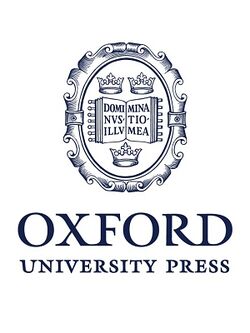Oxford University Press
History
Oxford University Press has a rich history which can be traced back to the earliest days of printing. The first book was printed in Oxford in 1478, just two years after Caxton set up the first printing press in England. The University was involved with several printers in Oxford over the next century.
From the late 1800s OUP began to expand significantly, opening the first overseas office in New York in 1896. Other international branches followed, including Canada (1904), Australia (1908), India (1912), and Southern Africa (1914).
Today, the Press is a global organization with more than 6,000 employees in 53 countries.
Pages in category "Oxford University Press"
The following 7 pages are in this category, out of 7 total.

